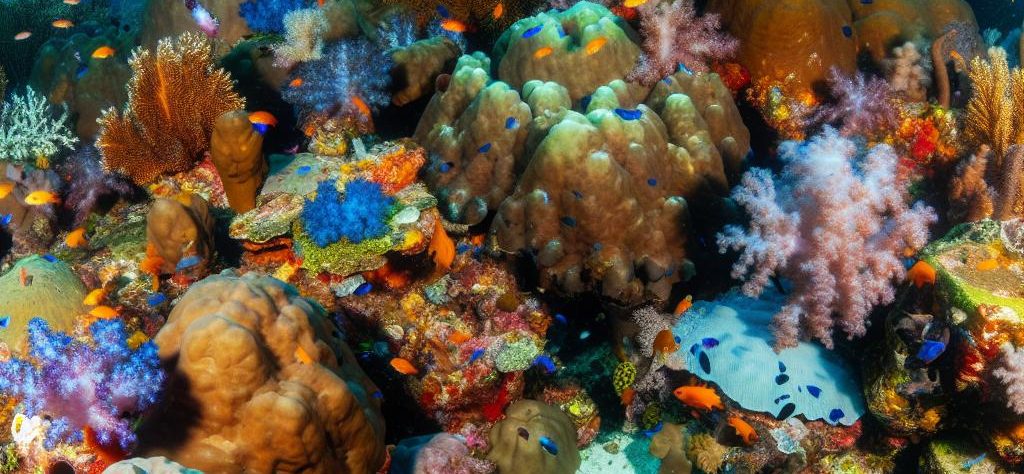The Beauty of Apo Reef’s Coral Gardens
Apo Reef, located off the coast of Occidental Mindoro in the Philippines, is a splendid marvel of the natural world known for its vibrant and diversified marine life. It is celebrated as the second-largest contiguous coral reef system globally, following only the iconic Great Barrier Reef in Australia. This remarkable reef system is a crucial component of the Coral Triangle, an area celebrated for its immense diversity of coral species and marine organisms.
Understanding the significance of Apo Reef extends beyond its sheer size and beauty, as it serves both ecological and economic roles. As part of the Coral Triangle, the reef supports a vast array of marine biodiversity and is simultaneously a haven for researchers studying oceanic life and a coveted destination for eco-tourists around the globe.
Diversity and Richness of Coral Species
Apo Reef is home to more than 400 different species of corals. These coral species create an impressive variety of formations, from the large barrier reefs that define the outer edges to the intricate fringing reefs and coral gardens that shelter abundant marine life.
The reef’s complex topography and myriad colors are populated by a plethora of coral types. Among these are staghorn corals, famous for their slender, branch-like structures that provide habitat for fish. Brain corals, whose rounded and grooved surfaces resemble the structure of a human brain, and various soft corals, with their dynamic, flowing movements, add immense visual interest to the underwater landscape.
Ecological Importance
The coral gardens of Apo Reef are vital for numerous marine species, offering shelter and sustenance within their intricate structures. The ecosystem services provided by the reef are indispensable for maintaining healthy fish populations and preserving biodiversity.
A significant number of herbivorous fish, including the striking parrotfish, thrive on the algae that grow upon the coral structures. By feeding on these algae, they play a crucial role in maintaining the ecological balance of the reef and preventing overgrowth, which can otherwise hinder coral health. Predatory fish, such as groupers and snappers, find sanctuary amid the protective crevices of the reef, where they can evade predators and hunt for prey.
Conservation Efforts
Recognizing its ecological significance, various conservation measures have been initiated to safeguard Apo Reef. The Philippine government designated the area as the Apo Reef Natural Park, covering 27,469 hectares. This protected status aims to manage and conserve the reef’s exceptional biodiversity.
The dedication to conservation does not stop at designation. Numerous local and international organizations collaborate to promote sustainable tourism practices that prioritize the reef’s health. Visitors to the reef are encouraged to engage in responsible behaviors, such as implementing appropriate diving techniques and avoiding any direct contact with the coral, as these actions can inadvertently harm the delicate structures.
Visiting Apo Reef
Apo Reef’s breathtaking coral gardens draw divers and snorkelers worldwide, all eager to immerse themselves in one of nature’s most striking marine realms. Traveling to the reef generally involves a boat journey from the town of Sablayan in Occidental Mindoro, and several local operators facilitate these excursions.
Choosing the right time to visit is essential to experience the reef in optimal conditions. The dry season, extending from November through May, offers the best weather for underwater activities, providing calm seas and excellent visibility. Engaging with the reef during these months enhances the experience, allowing for an unobstructed view of its vivid marine splendor.
In conclusion, Apo Reef’s coral gardens stand as a magnificent example of nature’s artistic and ecological wonders. The ongoing commitment to its conservation and the pursuit of sustainable tourism practices ensure that this exceptional underwater habitat continues to thrive, preserving its beauty and complexity for the admiration and enjoyment of generations to come. Efforts to protect the reef are not solely for its current benefit but are vital investments in its future resilience and prosperity, safeguarding an extraordinary part of our planet’s natural heritage.

